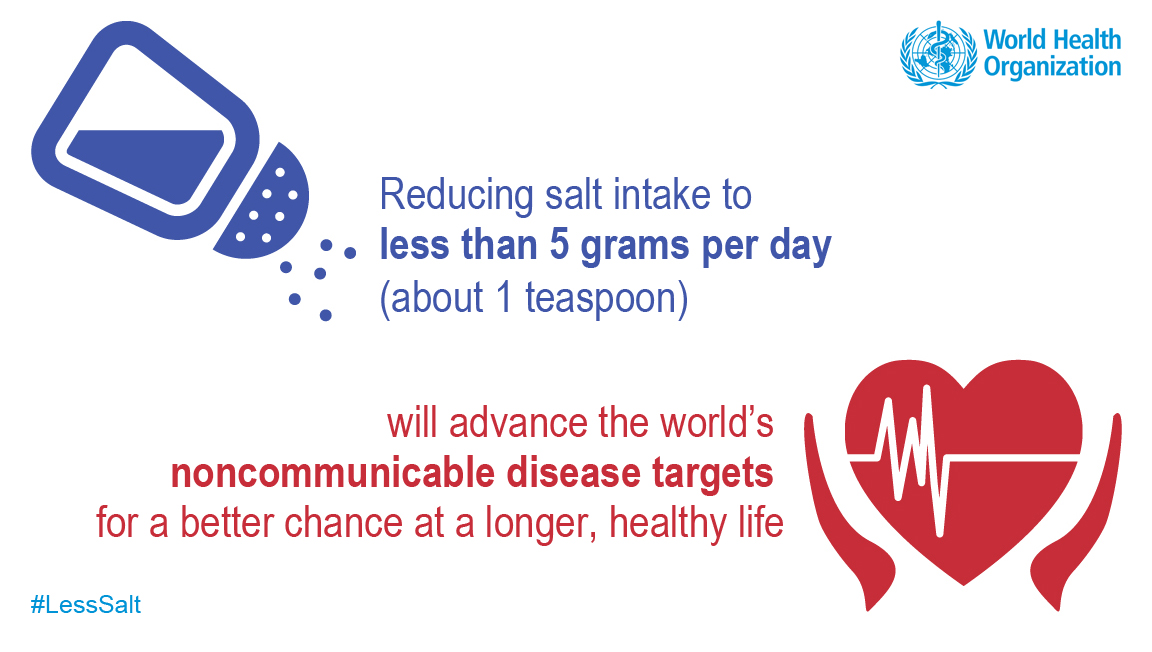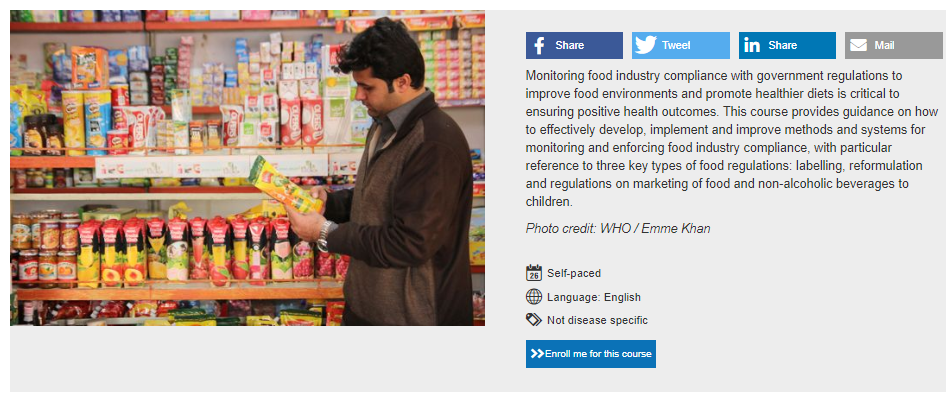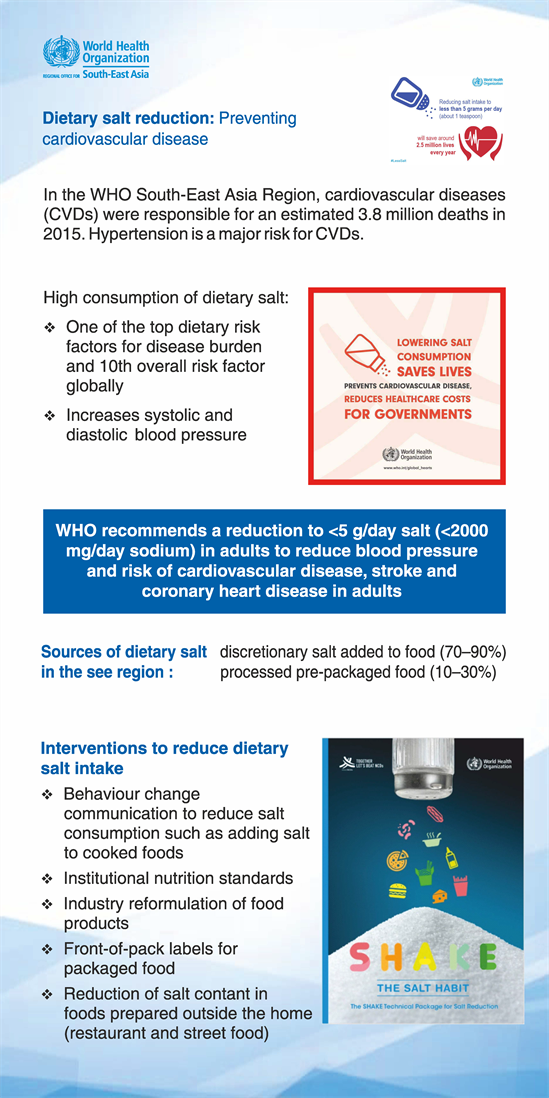Healthy diets
The rapid urbanization and changing lifestyles which have led to a shift in dietary patterns is impacting the consumption of healthy diets, which helps protect against malnutrition and the risk of noncommunicable diseases (NCDs). The increased production and access to highly processed convenience foods, its availability and people’s lifestyles are leading to a greater consumption of foods high in energy, fats, free sugars or salt/sodium.
The exact make-up of a diversified healthy diet will vary depending on the individual needs (e.g. age, gender, lifestyle, degree of physical activity), locally available foods and dietary customs. However, basic principles remain similar. A healthy diet is based on the consumption of a wide variety of different foods eaten in combination, including: including staple foods (e.g. cereals such as wheat, barley, rye, maize or rice, or starchy tubers or roots such as potato, yam, taro or cassava); legumes (e.g. lentils, beans); vegetables; fruit; and foods from animals sources (e.g. meat, fish, eggs and milk).
In countries where undernutrition is still high, and where obesity prevalence is rising, ensuring that appropriate energy balance is supported as part of a healthy diet that meets nutrient needs without excess consumption of unhealthy foods is essential.
WHO Regional Office for South-East Asia advocates and provides technical support to countries on implementing multiple policy measures to promote healthy diets, which include improving individual lifestyle choices and the food environment. WHO also works closely with development partners and governments to promote food systems that support healthy diets.
Our work
Diet not only depends on an individual’s food choices, but also the availability and affordability of healthy foods. Therefore, promoting a healthy food environment requires involvement across multiple sectors and stakeholders, including government, the public and private sectors.
Governments have the key role in creating a healthy food environment that enables people to consume healthy dietary practices. We advocate and provide technical support for the following actions in Member States to ensure healthy dietary environments:
- Initiatives to inform and encourage healthy dietary practice such as promotion of nutrition labelling.
- Restrict exposure to the marketing of foods and non-alcoholic beverages high in fat, sugar and salt to children.
- Working with food producers to reduce the levels of ‘nutrients of interest ‘to NCDs in foods particularly fat, salt, added sugars and energy density of foods.
- Provide healthy foods in all public institutions including schools.
- Create economic incentives, such as taxes and subsidies, that improve affordability of healthy foods and discourage consumption of unhealthy foods.
- Initiatives to improve food sold through informal food sector (street foods, vendors etc)






